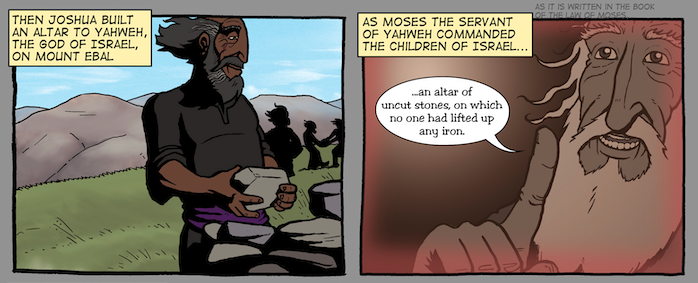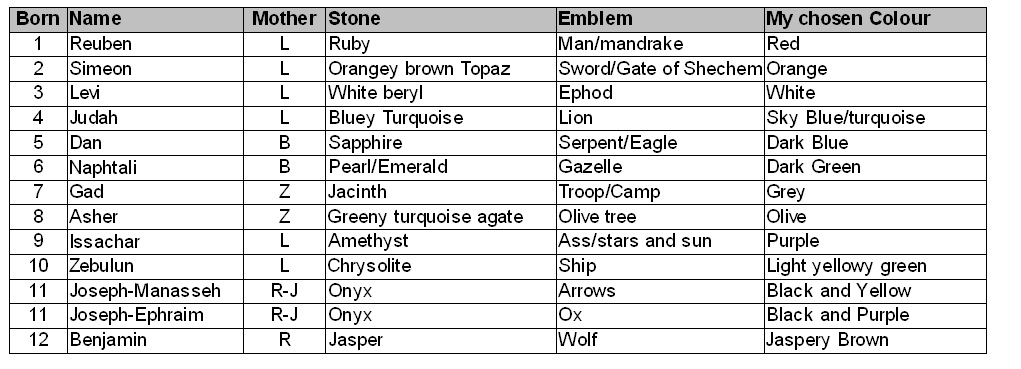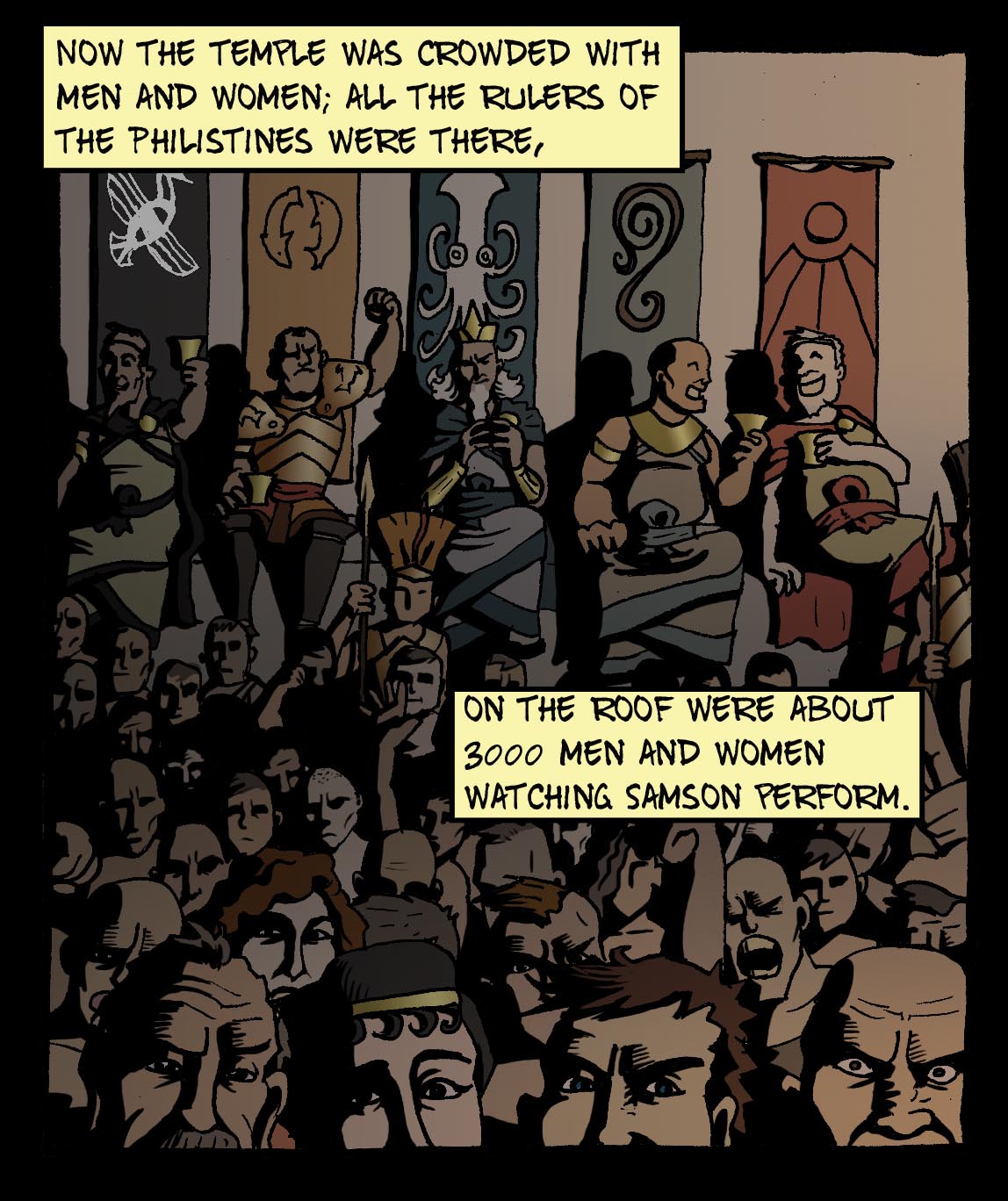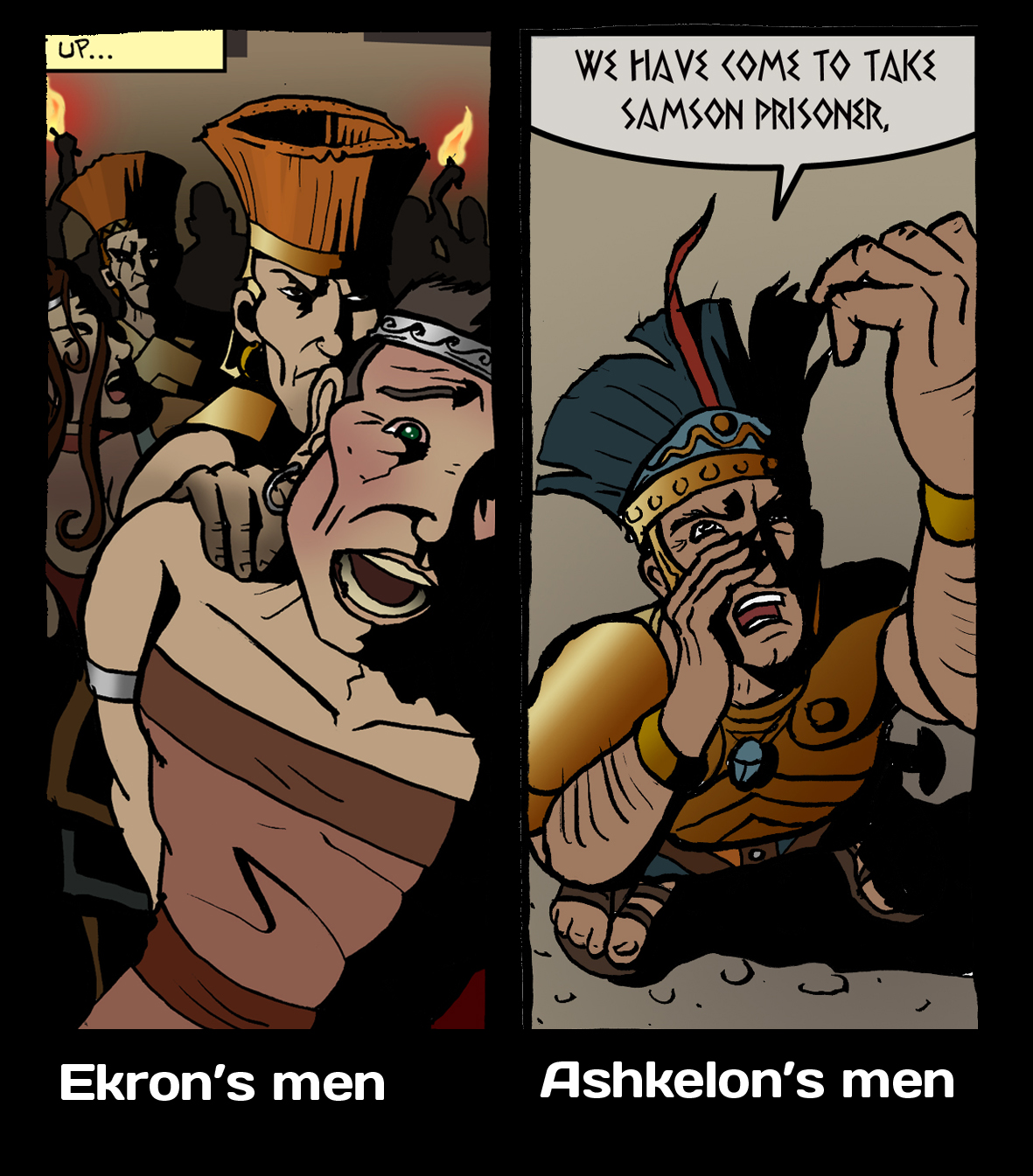Lead Curse Tablet discovered at Mount Ebal supports the Bible's own internal timeline
One enormous discovery
Last night Archeologist (and friend of the Word for Word Bible Comic- see below) Dr Scott Stripling and the Associates of Biblical Research team announced a new discovery. A tiny lead tablet (2cm x 2cm) found at mount Ebal in Israel in 2020 has recently been scanned using cutting edge tomographic technology (similar to a medical CT scan) to reveal the words inscribed on the inside of the folded lead artefact.
What they discovered was not only the earliest example of proto Hebrew text by over 200 years but it features a curse and was found at Mount Ebal the mountain where the curses of Deuteronomy were to be read!
“When the Lord your God has brought you into the land you are entering to possess, you are to proclaim on Mount Gerizim the blessings, and on Mount Ebal the curses.” (Deuteronomy 11:29 NIV).
The fulfilment of Moses command in Deut 11:29 comes in the time of Joshua (Josh 8:34:35 WEB below)
The actual words on the lead tablet read:
Cursed, cursed, cursed - cursed by the God YHW.
You will die cursed.
Cursed you will surely die.
Cursed by YHW – cursed, cursed, cursed.
There are huge implications, as Dr Scott Stripling puts it…
“This is earlier than many sceptics believe the Bible existed, making this the earliest appearance of the word YHWH in Israel and it was found at a covenant site. The implications are enormous and will reverberate for many years to come.”
The full 1-hour presentation is linked in this video.
Moses commanded the children of Israel to build an altar on Mount Ebal (Joshua 8:30-31a WEB below), which is where the artefact was discovered.
One of the enormous implications
Dating the Exodus and the Conquest
Much of the announcement has revolved around the proof that the Bible could have be written as contemporary with the events as it states. This is a big deal to rebut sceptical scholars who say the Bible was all created in the Persian era, but as I (probably like yourself) was already convinced of this fact, I found the more interesting element how the discovery supports the dating of the Conquest and the Exodus to be in line with what the Bible itself states.
There is a lot of confusion around the dating of the Exodus, and while there are a range of views there are two major camps. The first support the view that the Exodus was in the time of Ramses II around 1200 BC, which seems to be based on the fact the Israelites were enslaved to build a city called “Ramses” and it is a traditional view. However, when you scratch the surface the proponents of this view seem to state things like “Exodus myth include the documented movements of small groups of Ancient Semitic-speaking peoples into and out of Egypt during the Eighteenth and Nineteenth Dynasties,”(Meyers 2005, pp. 8–10.) and “Scholarly estimates for how many people could have been involved in such an exodus range from a few hundred to a few thousand people.” (Faust 2015, p. 476.) My own research on this view finds little to support it besides the city name which could be independently called Ramses which means “Begotten of Ra”, or more likely, it is an anachronistic naming for a place later renamed after the Pharoah.
The second camp is based on the Bible’s own stated timeline. A key verse is:
In the four hundred and eightieth year after the Israelites came out of Egypt, in the fourth year of Solomon’s reign over Israel, in the month of Ziv, the second month, he began to build the temple of the Lord. 1 Kings 6:1 NIV
We have a strong chronology placing the building of Solomons temple to between 1020 and 950 BCE giving us an Exodus date of 1500- 1450 BC, as well as all the other dates and durations within the Bible which can be harmonised to indicate an Exodus date within this range. Therefore I believe that this view is the one in line with a high view of Scripture. The puzzle over who exactly was Pharoah in Egypt during the Exodus is down to the inconsistencies of the Egyptian timeline, not the Biblical one, but that’s another story. (If you want to see the most wonderfully constructed detailed timeline for Biblical harmonisation, look up the work of Dr Floyd Jones.)
Conclusion
The point is, this lead tablet from ~1400-1300 BC with a curse found on Mount Ebal, written in paleo-Hebrew with the name God gave to Moses blows the more liberal view out of the water.
I’m praying this piece of evidence discovered by Dr Stripling and the team will cut through many sceptics’ rejection of the Bible and convince them to read and trust its words more closely.
———
Dr Scott Stripling recently gave The Word for Word Bible Comic a great endorsement:
If you’d like to buy your own copy of the Book of Joshua: Word for Word Bible Comic click the icon below:

























